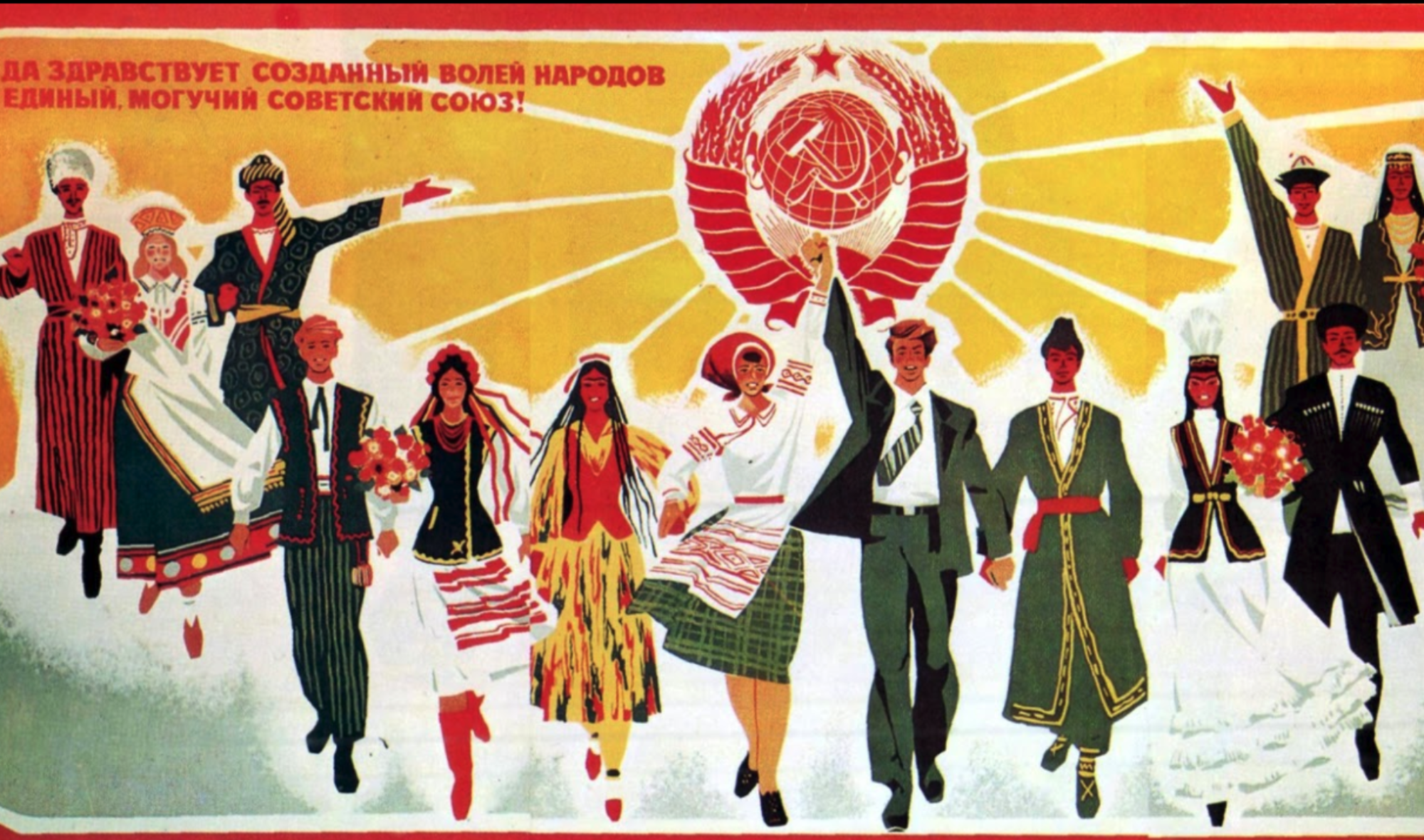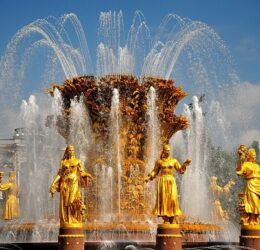This film from the very beginning is a very accurate representation of soviet culture the setting of the film is just incredible. I love how the man, in the beginning, used his what I’m assuming pretended to use a officials red card top bribe a shop owner to give him food and goods, in exchange to not report him to USSR for violations. This film is very rich and full of stuff we talk about, for example at 52:39 the auction for the mother-law of “Ippolit Matveyevich” who is known in the movie for being the Marshal of Nobility. The Soviet auctioneers addressed the mother-in-laws furniture as not earned and rather that was owned by the corrupt aristocracy. This is related to our discussion from the Russian Empire transitioning into the Soviet Union and how the regime looked at the old republic. Everything in this film exemplifies everything we have been discussing and find it very easy to connect with. Also, this film allows me to visually see what we have been talking about, which I think is very important to paint that picture within our minds. To Conclude, the only thing I would like to discuss is the adaptations between the old film and this rather newer film. What was altered and changed from both of them?


Cultural Construction in the Soviet Empire (HIS315 F20)
National in Form, Socialist in Content!
I am not sure if we have the ability to discuss your question, but I think another way to think about it is: What marks of modernity do we see in the 1971 adaptation of a 1927 novel? I really enjoyed the incorporation the oh-ho girl reading Harper’s Bazaar; not because it was not around in 1927, but because it was and still was in 1971. I also liked the how the incorporation of certain soviet policy terms crept into the narrative.